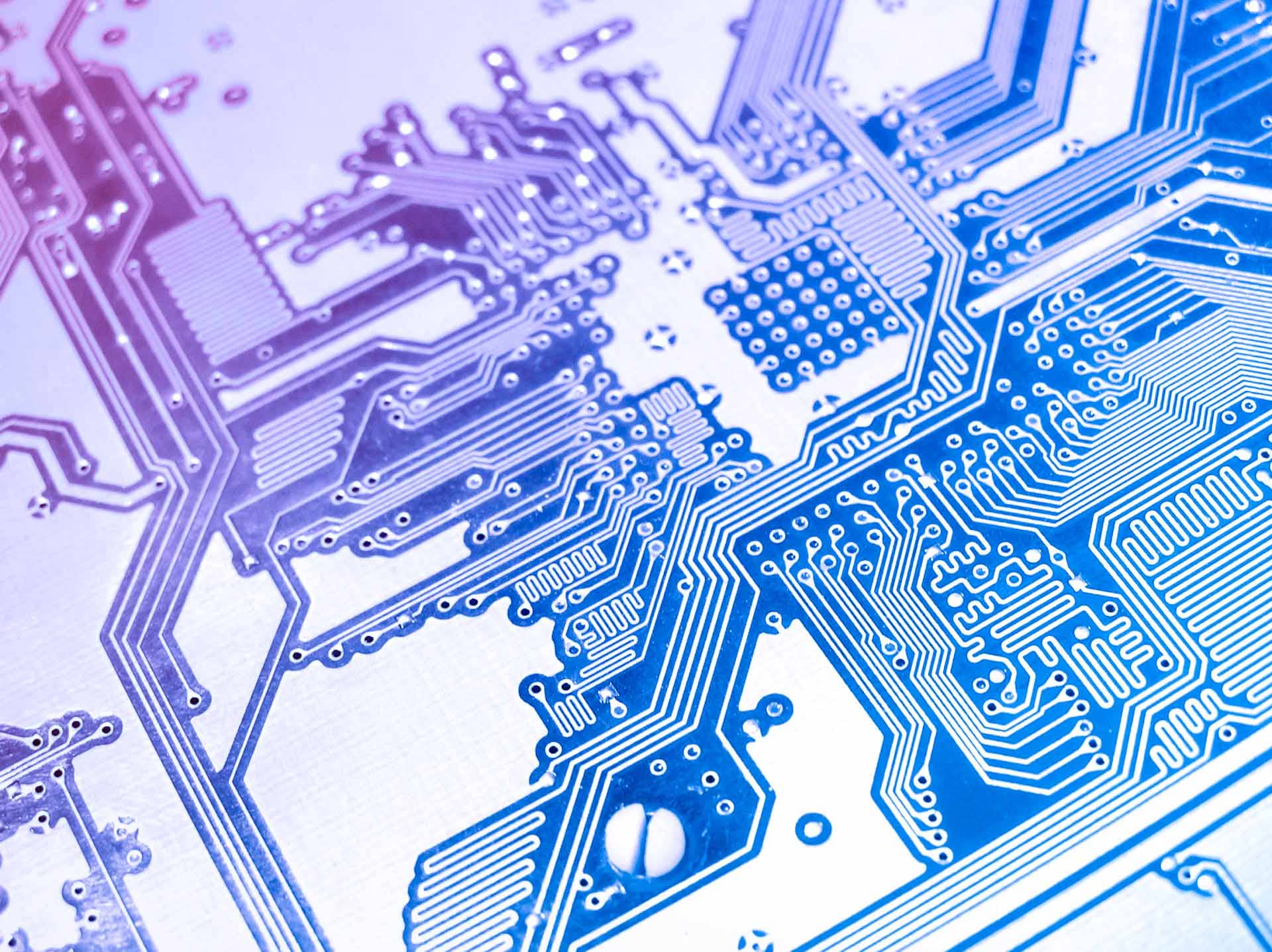MOSFET stands for Metal Oxide Semiconductor Field Effect Transistor, which is a type of transistor that uses an electric field to control the flow of current between the source and drain terminals. MOSFETs are widely used in electronic circuits for switching and amplifying signals, as well as in digital logic and memory devices.

MOSFETs have four terminals: source, drain, gate, and body. The source and drain are the terminals where the current flows in and out of the device, respectively. The gate is the terminal that controls the current flow by applying a voltage to it. The body is the terminal that connects to the substrate of the device, which is usually grounded or connected to the source.
The main feature of MOSFETs is that they have a thin layer of insulating material, such as silicon dioxide, between the gate and the channel, which is the region where the current flows. This layer isolates the gate from the channel, making the MOSFET a voltage-controlled device. The voltage on the gate determines the conductivity of the channel, which in turn affects the current flow between the source and drain.
There are two types of MOSFETs: depletion mode and enhancement mode. Depletion mode MOSFETs have a built-in channel that allows current to flow even when there is no voltage on the gate. To turn off a depletion mode MOSFET, a negative voltage (for n-channel) or a positive voltage (for p-channel) must be applied to the gate. Enhancement mode MOSFETs have no channel when there is no voltage on the gate. To turn on an enhancement mode MOSFET, a positive voltage (for n-channel) or a negative voltage (for p-channel) must be applied to the gate.
There are also two types of channels: n-channel and p-channel. N-channel MOSFETs have electrons as the charge carriers in the channel, while p-channel MOSFETs have holes as the charge carriers. N-channel MOSFETs are more common and faster than p-channel MOSFETs, because electrons have higher mobility than holes. However, p-channel MOSFETs are useful for creating complementary pairs with n-channel MOSFETs, forming CMOS (Complementary Metal Oxide Semiconductor) logic circuits that have low power consumption and high noise immunity.

MOSFETs have many advantages over other types of transistors, such as BJTs (Bipolar Junction Transistors). Some of these advantages are:
- High input impedance: MOSFETs have very high input impedance, which means they require very little input current to operate. This makes them ideal for applications where power consumption is a concern, such as battery-powered devices.
- Low output impedance: MOSFETs have low output impedance, which means they can deliver high output current and power to the load. This makes them suitable for applications where high efficiency and performance are required, such as power amplifiers and converters.
- High switching speed: MOSFETs can switch on and off very fast, due to their small capacitance and low gate charge. This makes them suitable for applications where high frequency and fast response are required, such as radio frequency and digital circuits.
- Simple fabrication: MOSFETs are easy to manufacture, due to their simple structure and compatibility with silicon technology. This makes them cheap and abundant in the market.
MOSFETs also have some disadvantages over other types of transistors, such as:
- Susceptibility to damage: MOSFETs are very sensitive to electrostatic discharge (ESD), which can damage or destroy them by creating a short circuit between the gate and the channel. This requires special handling and protection during installation and operation.
- Overload voltages: MOSFETs can be damaged by overload voltages that exceed their breakdown voltage, which can occur due to transients or spikes in the circuit. This requires careful design and selection of appropriate components and parameters.
- Temperature effects: MOSFETs can be affected by temperature changes, which can alter their characteristics and performance. For example, high temperature can increase their leakage current and decrease their threshold voltage, leading to higher power dissipation and lower efficiency.

MOSFETs have many applications in electronics and technology, such as:
- Inverters: MOSFETs can be used to create inverters that convert DC voltage to AC voltage or vice versa. Inverters are useful for powering AC devices from DC sources, such as solar panels or batteries.
- Digital circuits: MOSFETs can be used to create digital circuits that perform logic operations using binary signals. Digital circuits are useful for processing information and data in computers and other devices.
- Passive elements: MOSFETs can be used to create passive elements that behave like resistors, capacitors, or inductors. Passive elements are useful for filtering, tuning, or coupling signals in various circuits.
- High-frequency amplifiers: MOSFETs can be used to create high-frequency amplifiers that amplify signals in the radio frequency range. High-frequency amplifiers are useful for transmitting and receiving signals in wireless communication and radar systems.
- Brushless DC motor drives: MOSFETs can be used to create brushless DC motor drives that control the speed and direction of brushless DC motors. Brushless DC motors are useful for applications that require high efficiency, low noise, and long life, such as electric vehicles and fans.
- Electronic DC relays: MOSFETs can be used to create electronic DC relays that switch on and off DC loads using a control signal. Electronic DC relays are useful for applications that require fast switching, low power consumption, and isolation, such as lighting and automation systems.
- SMPS: MOSFETs can be used to create switch mode power supplies (SMPS) that convert AC or DC voltage to a regulated DC voltage using a switching regulator. SMPS are useful for applications that require high efficiency, low weight, and small size, such as laptops and mobile phones.
MOSFETs are versatile devices that have many advantages and applications in electronics and technology. They are one of the most important components in modern circuits and devices, and they will continue to evolve and improve in the future.
Share to your social below!
